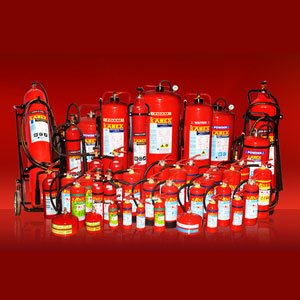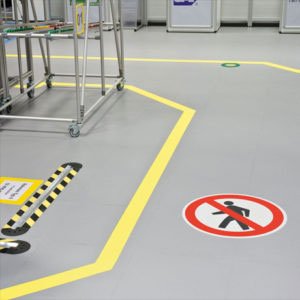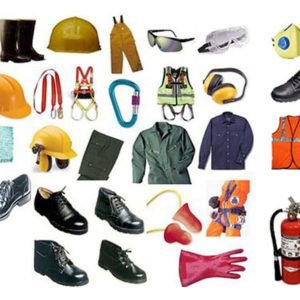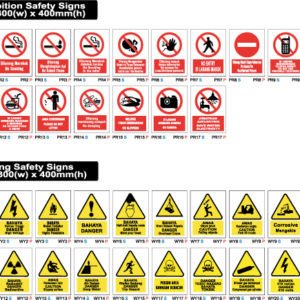Fire protection refers to measures taken to prevent fire from becoming destructive, reduce the impact of uncontrolled fire and save lives and property. It involves the implementation of safety planning practices and drills, and includes education on fire, research, investigation, safety planning, building construction, safe operations, training and testing of mitigating systems. There are three basic essentials of fire protection:
- Study of Fire: To learn the causes of fire, fire extinguishing techniques, detection and extinguishing equipment and their uses, and the rules and regulations related to building construction.
- Active Fire Protection: Includes manual or automatic detection of fire, the use of fire and smoke alarms, firefighting and first aid.
- Passive Fire Protection: Design of building and infrastructures, use of fire resistance material in construction, provision of isolating fire, fire walls and doors, smoke doors, training of firefighting, signage, markings and evacuation of building in case of fire.









